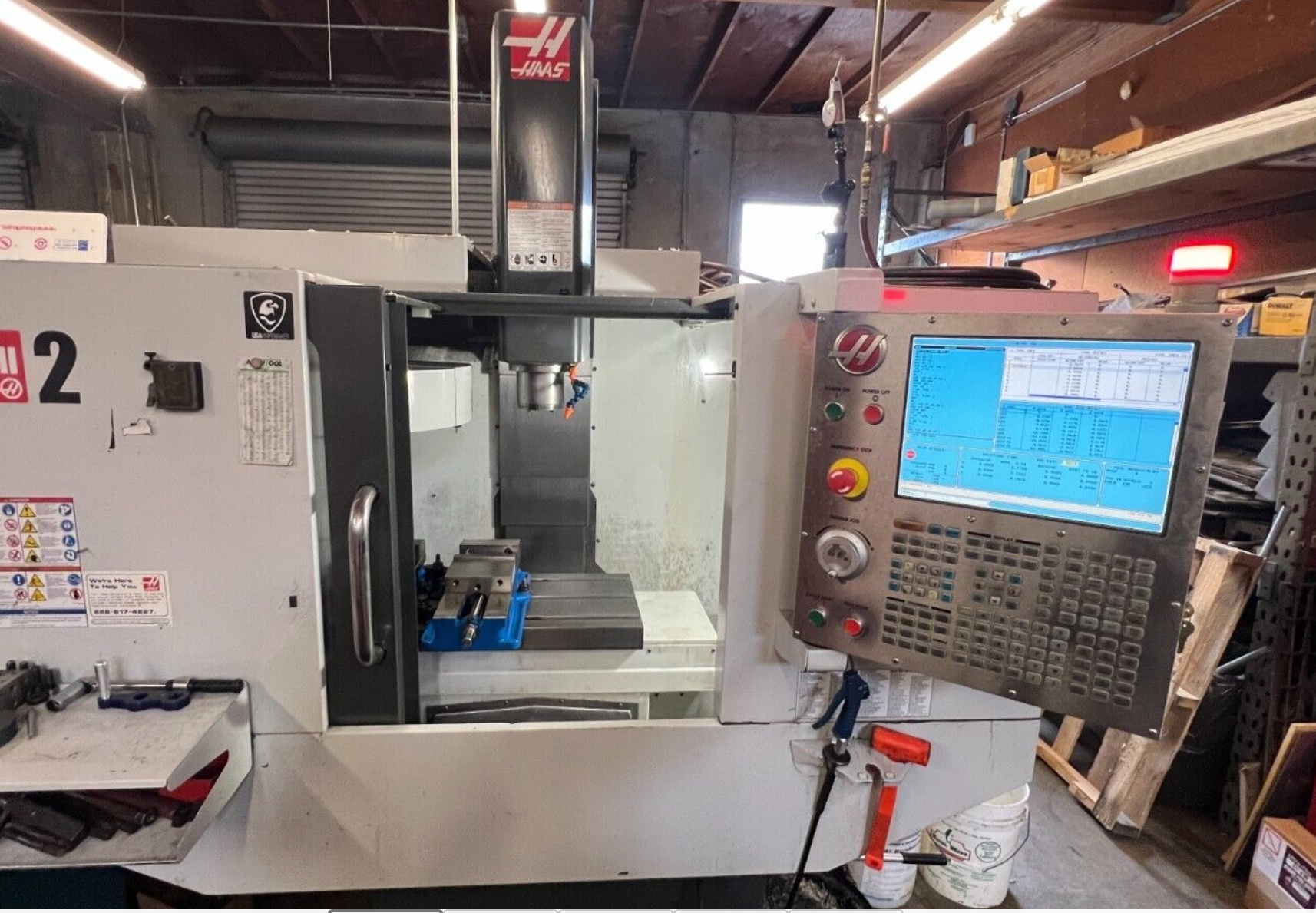|
One of many fallacies found on the Internet is the idea that a Honda cylinder head should be milled to improve its head gasket sealing. There is such a thing as milling the cylinder head for performance reasons, but that is beyond the scope of most bike owners and really something done in combination with several other performance modifications, mever by itself. But as a corrective measure for head gasket sealing, milling the head is patently bad practice, and here are a number of reasons.
- First, vintage air-cooled multicylinder Honda heads are designed to be run warped. That is, the engines' designers knew they would always be warped and designed the engine accordingly. Anyone who has spent time around these engines is aware of this. This is the primary reason in fact that vintage Hondas have camshaft bearings with huge 0.005"-0.007" clearances.
Second, milling a cylinder or head results in a change to the engine's cam timing, and not a good one as the cam will be retarded--that is, late--which will soften the engine's power output.
Third, milling a cylinder or cylinder head will reduce the valve-to piston clearance, which is a very serious change that then requires special tools and special procedures that are not usually in the home mechanic's purview.
Fourth, machining a cylinder or head increases the cylinder's compression of the fuel charge. Usually this demands that steps be taken to avoid harmful detonation.
And there is a fifth issue. Not very long ago, Yamaha's roadrace team experienced disappointing power output in a series of race engines they developed. It turned out that they had been machining the heads on a vertical milling machine. Knee mills as they're called aren't the most accurate for milling anything longer than about six inches. The heads were getting bows put into them and when torqued onto the engine this distorted the cam bearings, resulting in a huge increase in friction. When the team started milling the heads on a CNC machine such as the Haas shown above, the engines started making the power they should have. All the specifications remained the same.
|

 ®
®
